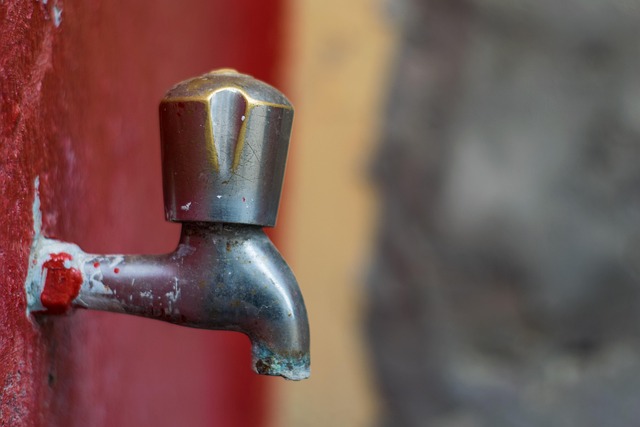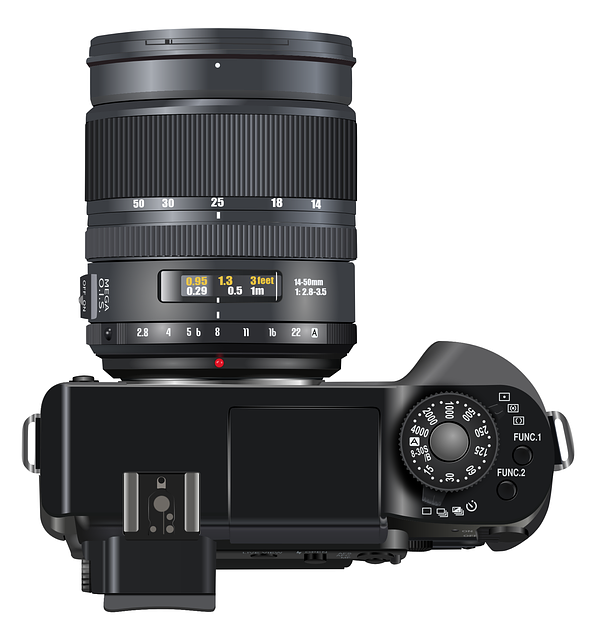Hazmat dome simulation props are immersive training tools for emergency responders, replicating hazardous scenarios safely. These aids, meticulously designed per industry standards, enable hands-on experience without risking personal safety or public harm. By simulating complex situations like toxic chemical and radiation hazards, trainees enhance skills in decontamination, emergency response, and communication under high pressure. Integrating realistic props like clamp simulators into training programs improves preparedness for real hazardous materials incidents, fostering adaptability and effective coordination among teams. Careful selection and integration of these tools ensure durability, realism, and comprehensive learning experiences, making them crucial assets in Hazmat response.
In today’s critical response landscape, effective training is paramount. A realistic Hazmat Dome Simulation Prop offers a safe, controlled environment for emergency responders to hone their skills. This article delves into the world of Hazmat dome simulations, exploring the pivotal role of these props in enhancing preparedness. We’ll discuss the benefits of using sophisticated clamp simulators, guide you through designing immersive scenarios, and highlight technical considerations for selection. Additionally, real-world case studies will demonstrate successful integrations, showcasing the impact of these innovative training tools.
- Understanding Hazmat Dome Simulation Props: Their Role in Training
- Benefits of Using Realistic Clamp Simulators for Emergency Response Practice
- Designing Effective Hazmat Dome Training Scenarios with Clamp Simulators
- Technical Considerations for Choosing and Implementing Clamp Simulator Props
- Case Studies: Successful Integrations of Clamp Simulators into Dome Training Programs
Understanding Hazmat Dome Simulation Props: Their Role in Training
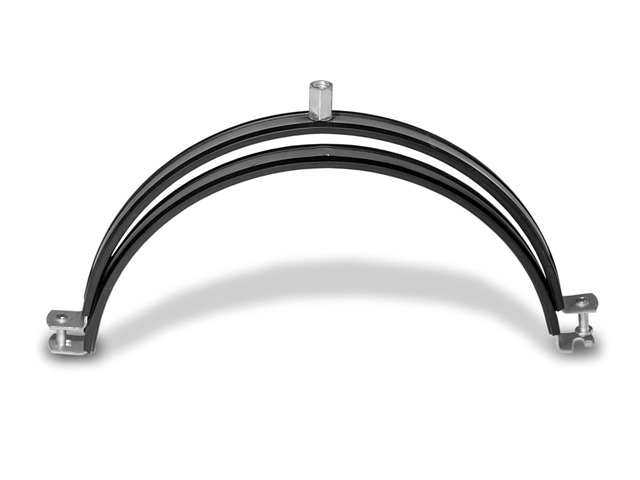
Hazmat dome simulation props play a pivotal role in training scenarios, offering a safe and controlled environment to prepare first responders for real-world hazardous situations. These immersive training aids replicate various hazardous materials and environmental conditions, allowing trainees to gain hands-on experience without risking personal safety or causing harm to the public. Each prop is meticulously designed to simulate specific hazards, such as toxic chemicals, flammable liquids, or even radiation, ensuring every detail aligns with industry standards for accuracy.
In dome training, these props are strategically placed within a controlled space, creating a realistic scenario that challenges trainees’ skills and decision-making abilities. By interacting with the simulated hazardous materials, participants learn proper decontamination procedures, emergency response techniques, and effective communication strategies in high-pressure situations. The use of hazmat dome simulation props not only enhances learning but also enables instructors to assess trainee performance under stress, facilitating continuous improvement in crisis management capabilities.
Benefits of Using Realistic Clamp Simulators for Emergency Response Practice

Realistic clamp simulators offer a multitude of benefits for emergency response teams preparing for hazardous materials (hazmat) incidents within confined spaces, such as industrial domes. These advanced training tools provide an immersive experience, enabling responders to practice complex scenarios without risking their safety or causing environmental damage. By simulating real-world conditions, including the unique challenges of hazmat dome simulations props, teams can enhance their skills and improve decision-making under pressure.
Through interactive and dynamic simulations, simulators allow for a wide range of possible outcomes, encouraging creative problem-solving and team coordination. This prepares responders to handle unexpected developments during actual emergencies, fostering adaptability and ensuring they are equipped to manage the full spectrum of risks associated with hazmat operations in confined environments.
Designing Effective Hazmat Dome Training Scenarios with Clamp Simulators
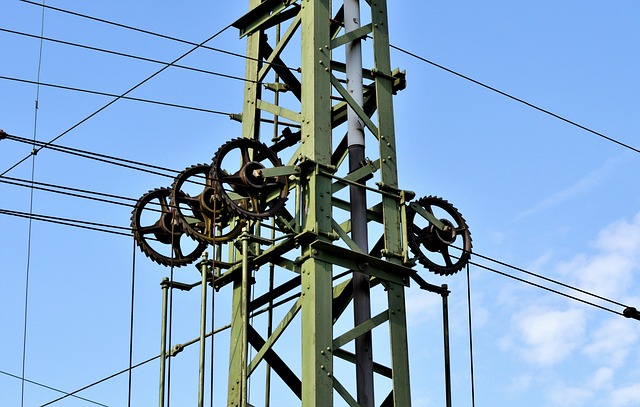
Designing effective Hazmat dome training scenarios requires immersive props like clamp simulators that accurately replicate real-world hazardous conditions. These simulators serve as game-changers, enabling trainees to experience and respond to potentially deadly scenarios safely. By integrating them into hazmat dome simulations, trainers can create dynamic environments that mimic the complexities of hazardous material incidents.
Trainees can practice donning personal protective equipment (PPE), containing spills, and evacuating areas with precision and confidence, all while receiving immediate feedback on their performance. The versatility of clamp simulators allows for a wide range of training exercises, from small-scale incidents to full-blown disasters. This adaptability ensures that trainees are prepared for any eventuality, making them invaluable assets in maintaining safety and efficiency during actual Hazmat responses.
Technical Considerations for Choosing and Implementing Clamp Simulator Props
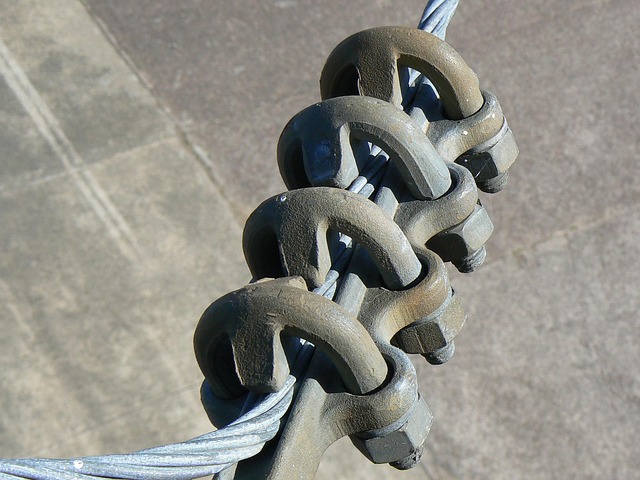
When selecting and integrating a clamp simulator prop for Hazmat dome simulation, several technical factors must be considered to ensure realism and training effectiveness. The choice of materials is paramount; high-quality, durable vinyl or silicone components mimic the look and feel of real hazardous materials, enhancing immersion. Prop design should align with actual clamp configurations used in hazardous environments, accurately representing different types, sizes, and mechanisms for a comprehensive training experience.
Implementing these simulators requires careful planning. Proper mounting and securing mechanisms are essential to prevent accidental dislodgement during simulations. Additionally, consider the integration of sensors or actuators for more dynamic interactions, enabling trainees to practice response procedures under controlled conditions. Lighting and sound effects can further enhance the realism, creating a vivid and impactful learning environment that better prepares personnel for real-world Hazmat situations.
Case Studies: Successful Integrations of Clamp Simulators into Dome Training Programs

In recent years, the integration of realistic clamp simulators into dome training programs has seen remarkable success, transforming hazardous materials (hazmat) training methodologies. These innovative simulations have become a cornerstone in preparing emergency responders for real-world scenarios, offering an immersive and controlled environment to hone their skills. Case studies from various departments showcase the effectiveness of these simulators as stand-alone training tools or as part of comprehensive dome exercises.
For instance, fire departments have employed hazmat dome simulation props to recreate diverse hazardous situations, enabling firefighters to practice containment, decontamination, and incident management without risking personal safety. Similarly, law enforcement agencies have utilized clamp simulators in tactical training scenarios, allowing officers to experience high-pressure situations, enhance decision-making skills, and improve their ability to secure and manage volatile scenes. These successful integrations highlight the value of immersive simulations in enhancing operational readiness and ensuring the safety of first responders.
